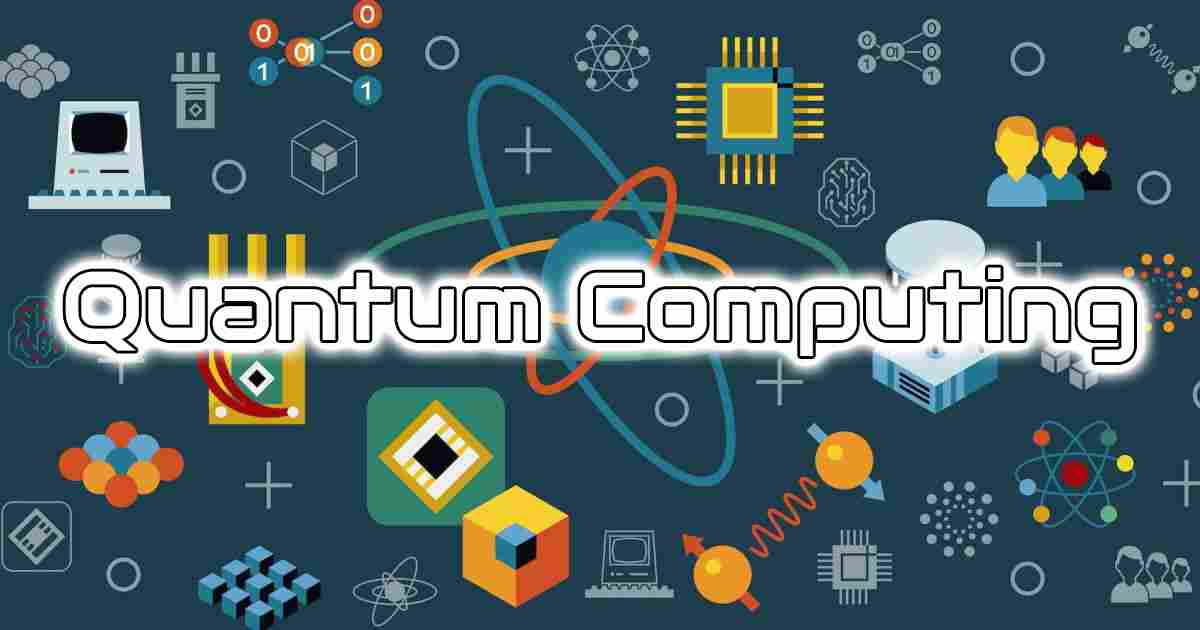Quantum Computing
Quantum computing is a rapidly-emerging technology that harnesses the laws of quantum mechanics to solve problems too complex for classical computers. These machines are very different from the classical computers that have been around for more than half a century. Here's a primer on this transformative technology.

Quantum computing is an area of computing focused on developing computer technology based on the principles of quantum theory (which explains the behavior of energy and material on the atomic and subatomic levels). Computers used today can only encode information in bits that take the value of 1 or 0—restricting their ability.
Quantum computing, on the other hand, uses quantum bits or qubits. It harnesses the unique ability of subatomic particles that allows them to exist in more than one state (i.e., a 1 and a 0 at the same time).
Why quantum computers
For some problems, supercomputers aren’t that super.
When scientists and engineers encounter difficult problems, they turn to supercomputers. These are very large classical computers, often with thousands of classical CPU and GPU cores. However, even supercomputers struggle to solve certain kinds of problems.
If a supercomputer gets stumped, that's probably because the big classical machine was asked to solve a problem with a high degree of complexity. When classical computers fail, it's often due to complexity.
Complex problems are problems with lots of variables interacting in complicated ways. Modeling the behavior of individual atoms in a molecule is a complex problem, because of all the different electrons interacting with one another. Sorting out the ideal routes for a few hundred tankers in a global shipping network is complex too.
Some complex problems are less obvious: A supercomputer would struggle to find the ideal seating arrangement of even 10 guests at a dinner party if they don't all want to sit next to one another, or to find the prime factors of a big number.
How it works
A classical processor uses bits to perform its operations. A quantum computer uses qubits (CUE-bits) to run multidimensional quantum algorithms.
Superfluids - Your desktop computer likely uses a fan to get cold enough to work. Our quantum processors need to be very cold – about a hundredth of a degree above absolute zero. To achieve this, we use super-cooled superfluids to create superconductors.
Superconductors - At those ultra-low temperatures certain materials in our processors exhibit another important quantum mechanical effect: electrons move through them without resistance. This makes them "superconductors." When electrons pass through superconductors they match up, forming "Cooper pairs." These pairs can carry a charge across barriers, or insulators, through a process known as quantum tunneling. Two superconductors placed on either side of an insulator form a Josephson junction.
Control - Our quantum computers use Josephson junctions as superconducting qubits. By firing microwave photons at these qubits, we can control their behavior and get them to hold, change, and read out individual units of quantum information.
Superposition - A qubit itself isn't very useful. But it can perform an important trick: placing the quantum information it holds into a state of superposition, which represents a combination of all possible configurations of the qubit. Groups of qubits in superposition can create complex, multidimensional computational spaces. Complex problems can be represented in new ways in these spaces.
Entanglement - Entanglement is a quantum mechanical effect that correlates the behavior of two separate things. When two qubits are entangled, changes to one qubit directly impact the other. Quantum algorithms leverage those relationships to find solutions to complex problems.
The Bottom Line
Quantum computing is different from classical computing in how it operates and what it's used for. Quantum computing uses qubits, which can be 1 or 0 at the same time, while classical computers use transistors, which can only be 1 or 0. As a result, quantum computing is much more powerful and can be used for big data analysis or simulations. However, there has not been a commercially developed quantum computer yet.